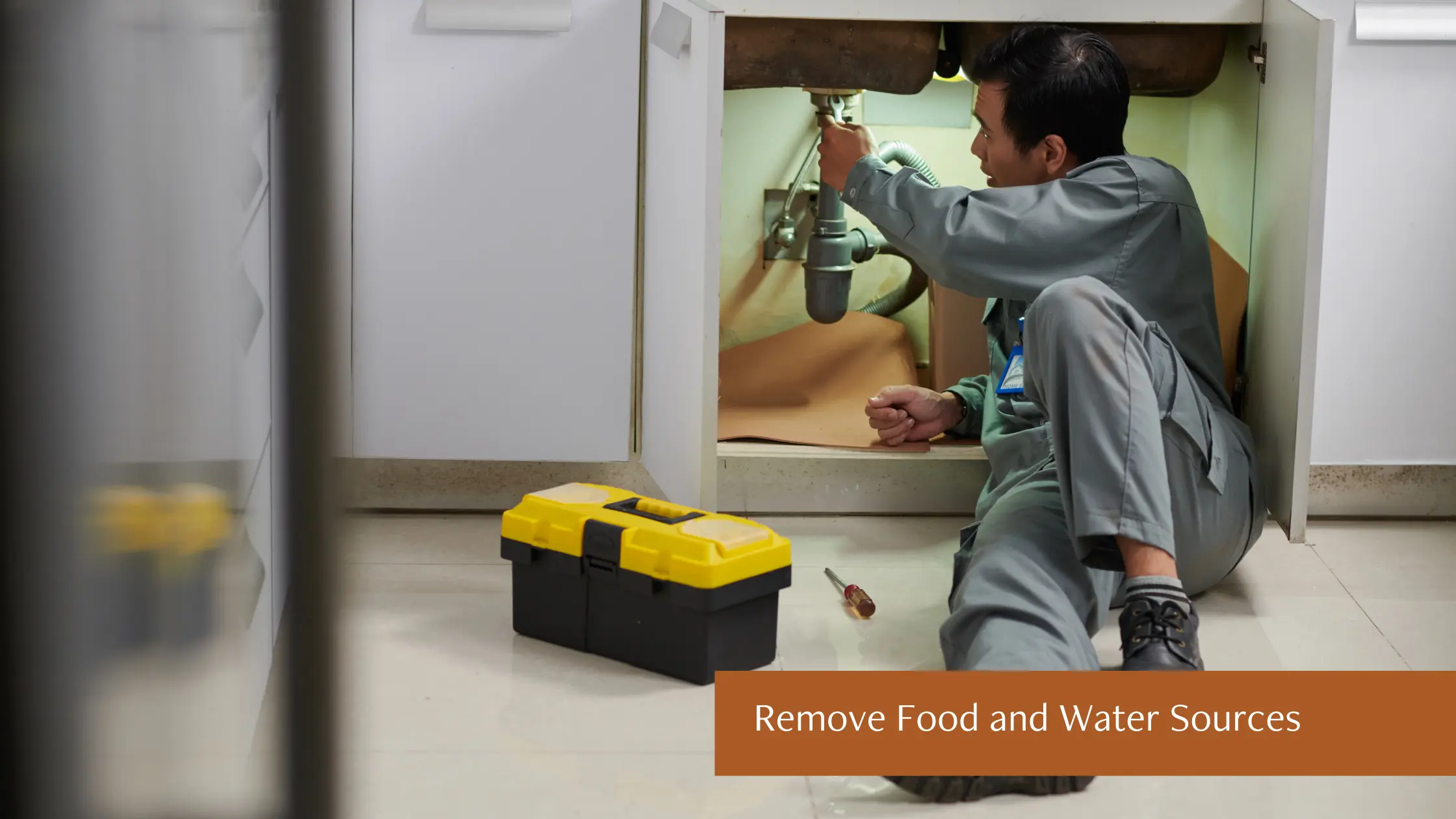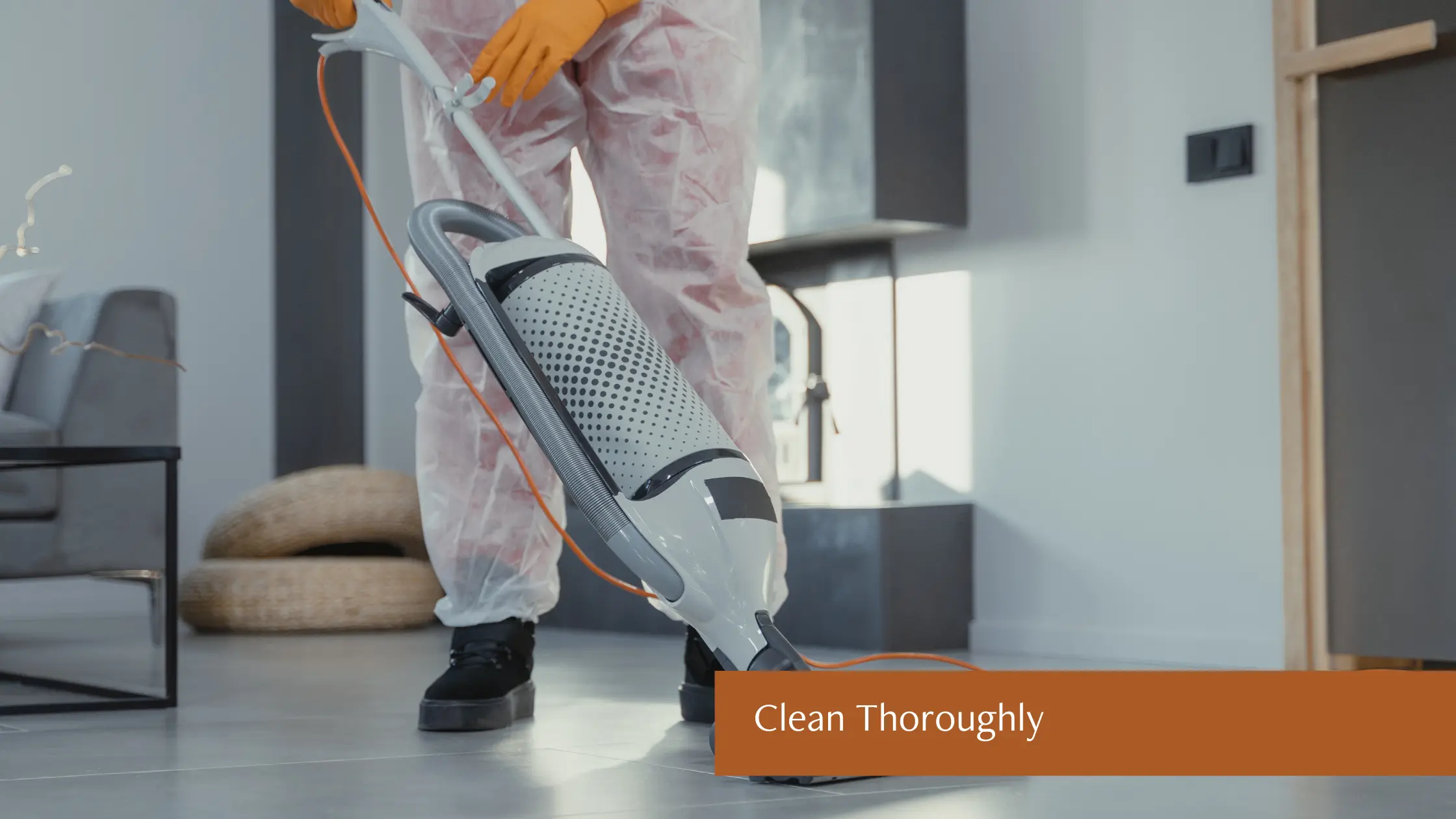How to Spot an Infestation Early (And What to Do Next)
When an infestation takes hold in your home, swift action is essential. Spotting the early signs can mean the difference between a simple solution and an expensive, drawn-out removal process. This guide will help you recognize early infestation warning signs and provide clear steps to protect your property.
What Is an Infestation?
An infestation happens when unwanted pests, such as insects, rodents, or other animals, invade and begin to reproduce in your space. Common culprits include ants, termites, cockroaches, bed bugs, mice, and rats.
Source: Environmental Protection Agency – Preventing Pests
Common Early Signs of an Infestation
Knowing what to look for is crucial for catching an infestation before it becomes unmanageable. Watch for:
- Droppings: Small, dark pellets around food areas, cabinets, or hidden corners can indicate rodents or cockroaches.
- Shed Skin or Dead Bugs: Finding insect skins or dead insects, especially near windows or inside drawers, suggests a problem.
- Unusual Noises: Scratching, scurrying, or gnawing, especially at night, is often a sign of rodents.
- Chewed Packaging: Holes in food packaging or woodwork may signal rodents or termites.
- Unpleasant Odors: Persistent musty or oily smells can mean a hidden pest population.
- Gnaw Marks or Holes: Tiny openings in walls, floors, or furniture are typical entry points and nests for pests.
- Visible Pests: Even one or two sightings of certain pests should spark immediate action.
Source: Centers for Disease Control and Prevention – Rodents Information

Immediate Actions to Take
If you suspect an infestation, quick and thorough action is key:
1. Isolate the Area
Close off affected rooms or areas to prevent pests from spreading.
2. Remove Food and Water Sources
Store all food in airtight containers, fix leaks, and clean up crumbs or spills promptly.
3. Document the Problem
Take photos of any evidence and make notes on what you find. This will help professionals diagnose the issue.
4. Clean Thoroughly
Vacuum and clean all affected areas to remove food particles and pest waste.

5. Avoid DIY Sprays (for Heavy Infestations)
While over-the-counter sprays and traps can slow down small problems, incorrect use may cause pests to scatter or worsen the issue.
6. Contact a Professional
Pests reproduce quickly. The most effective way to eliminate an infestation and prevent future problems is to contact a licensed exterminator with local expertise.
Source: National Pest Management Association
Why Early Detection Matters
Ignoring early signs can lead to structural damage, health issues, and higher extermination costs. If you notice any of these signs in your home, don’t wait for the problem to grow. Our team of certified exterminators proudly serves Georgia, Tennessee, and Texas, offering fast and safe solutions to help you reclaim your space.Contact us today for a free inspection and fast, effective pest control solutions. Your peace of mind is just a call away.
